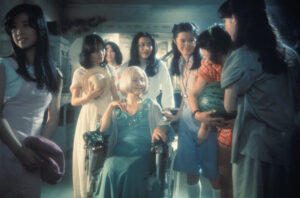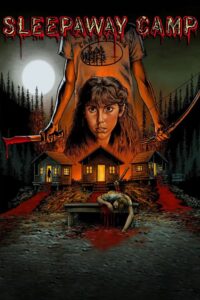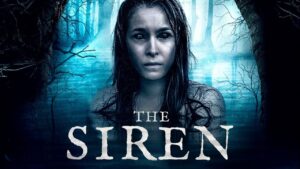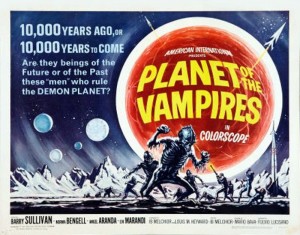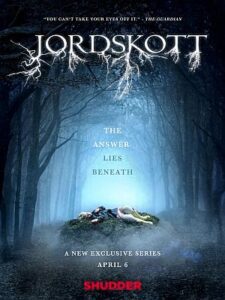With Saint Patrick’s Day fast approaching I was in the mood for some Irish themed horror and something a little more authentic that any film of the Leprechaun franchise. Sunday night I treated myself the 2017’s Irish Gothic horror The Lodgers.
Set in the Irish countryside following World War I the story centers on fraternal twins Rachel and Edward who live in an isolated and decaying manor trapped by a family superstition or curse that compels them to always be in their beds by midnight, never admit a stranger to the home, and never abandon one another. The film opens on their 18th birthday and an unrevealed expectation that is linked to their coming of age. Into this creepy atmospheric 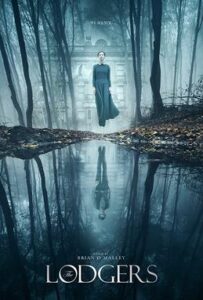 situation comes Sean recently returned home from the war facing the dual challenges of having lost a leg and being seen as a traitor for her service to the hated English. Rachel’s blossoming sexual desires, Edward’s terror of leaving the house day or night, the family’s non-existent finances, and Sean’s attraction to Rachel combine for an explosive mixture that threatens the twins with the exposure of their actual natures.
situation comes Sean recently returned home from the war facing the dual challenges of having lost a leg and being seen as a traitor for her service to the hated English. Rachel’s blossoming sexual desires, Edward’s terror of leaving the house day or night, the family’s non-existent finances, and Sean’s attraction to Rachel combine for an explosive mixture that threatens the twins with the exposure of their actual natures.
There are many styles of horror films, rampaging monsters, murderous masked killers, and the slow burn mood piece of which The Lodgers falls neatly into. The film is not one with an exaggerated body county and the effects are there to create unsettling imagery rather than memorable kills. It is a film that unwinds with its characters and as each secret is pulled unwillingly from them. Directed by Brian O’Malley The Lodgers takes it’s time in revealing its truths trusting that the audience will be intrigued by the mystery and the dreamlike haunting imagery beautifully photographed by cinematographer Richard Kendrick. The performances by Charlotte Vega and Bill Milner are suitably internalized, matching the gothic nature of the story’s themes of isolation, both physical and social, and repressed nature of the characters.
With a brief running time of 92 minutes The Lodgers does not overstay its welcome nor needlessly meander but rather tells its tale with clean plotting that doesn’t disrupt its sedate pacing. While some reviewers have complained that the films has few ‘scares’ I enjoy a film that expects moods to carry more than a suddenly startling image or sound.
The Lodgers is not for everyone. If your tastes in horror expects more excitement than slow tension it is likely not to your taste but for people who enjoyed Robert Wise’s The Haunting this may be more to their liking.
Update: The Lodger is currently streaming on Amazon Prime Video.


